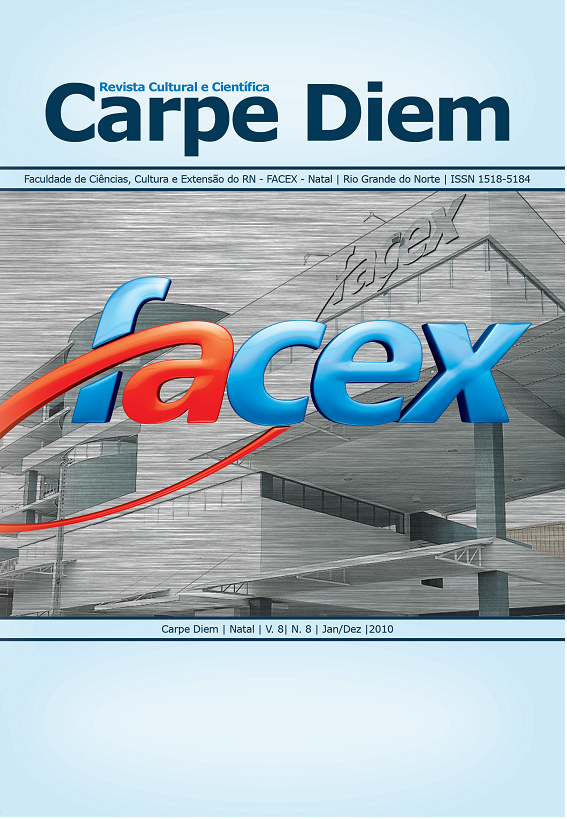TEMPORAL DYNAMICS OF FEEDING AND REPRODUCTION OF THE DAMSEL FISH (Stegastes fuscus)
Palavras-chave:
Feeding. Reproduction. Biological rhythm. Environmental parameters. Pomacentridae.Resumo
This study reports on the feeding and reproductive dynamics of the damsel fish, Stegastes fuscus (Osteichthyes: Perciformes: Pomacentridae) in the rocky coastal reefs of Búzios, Rio Grande do Norte, Brazil. Water temperatures and rainfall data were registered and fish were captured on a monthly basis during one year. Fish body weights and lengths were measured and the stomachs were removed and classified according to their degree of fullness. The gonads were weighed, examined for sex determination and maturation was determined based on macroscopic inspections. A higher frequency of females (78%) was registered in relation to males (22%). The lowest degree of stomach fullness was observed in August and the highest in January. Only 2.49% of the fish had empty stomachs and the rest 97.51% had mainly macroalgae in their stomachs. The period from February to August was associated to a long phase of gonadal resting in males and females. Two peaks of partial spawning were registered during January and September/October.


